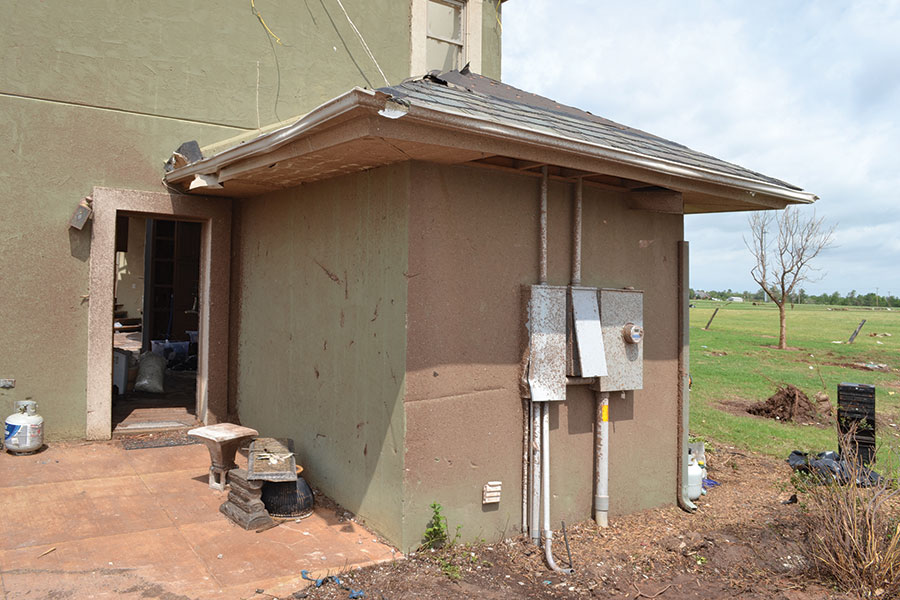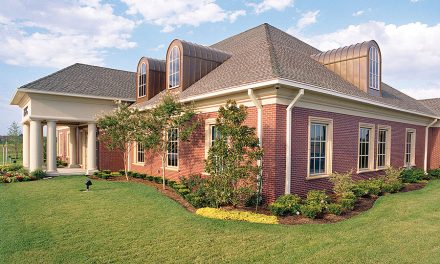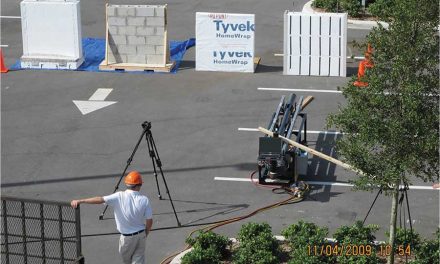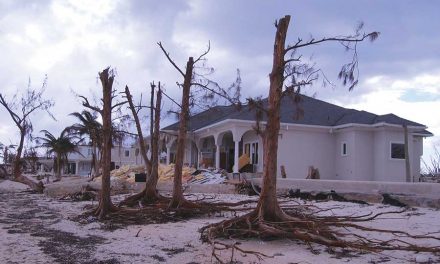The concrete roof atop the saferoom of the 149th Street home ensured its occupants remained safe, even when the rest of the home lost its roof.
Many homeowners choose not to build with ICF for a number of reasons, but that doesn’t mean the opportunity to “make the sale” is lost. In most areas of the country, homeowners could benefit from a disaster-resistant saferoom, which can easily be constructed with ICFs.
A few manufacturers offer safe room kits, complete with door, EPS roof decking, and other supplies to form a concrete shelter that is literally bombproof. Distributors and contractors—even stick-frame contractors—can purchase and install these kits for a fraction of the value these rooms add to the home.
Most of the other major manufacturers offer saferoom plans that meet FEMA requirements for storm shelters. Reward, for instance, has two sets of material lists, one for a 12’x12’x8’ room and the other for an 8’x8’x8’ room.
Note that in light of the recent disasters, FEMA is updating its storm shelter requirements, and is strongly considering dropping waffle-grid ICFs and hollow (ungrouted) CMU from its list of approved materials.












